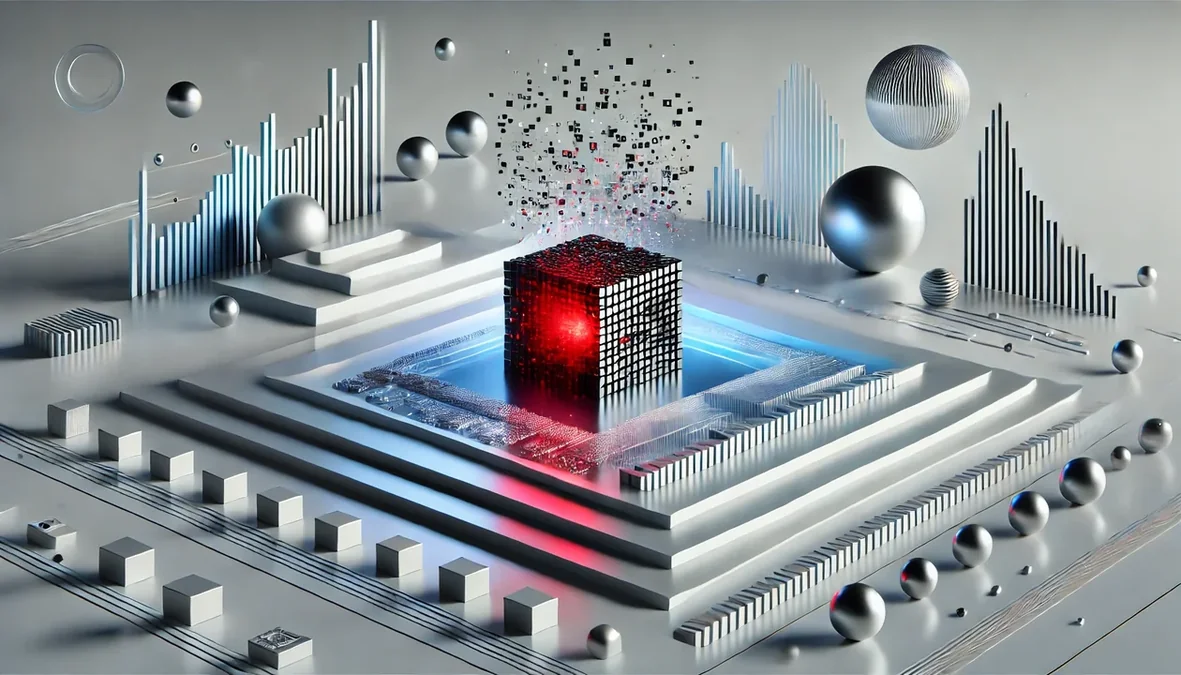HPC Blogs#

Scaling AI Inference Performance with vLLM on AMD Instinct MI355X GPUs
Explore how MI355X performs against B200 in vLLM benchmarks across DeepSeek-R1, GPT-OSS-120B, Qwen3-235B and Llama-3.3-70B.

Modernizing Taichi Lang to LLVM 20 for MI325X GPU Acceleration
Power your next AI application or graphics simulation with high-performance GPU/CPU computing in Python with Taichi Lang.

HPC Coding Agent - Part 1: Combining GLM-powered Cline and RAG Using MCP
Build an HPC RAG agent on AMD Instinct GPUs using GLM-4.6, Cline and ChromaDB.

Continuing the Momentum: Refining ROCm For The Next Wave Of AI and HPC
ROCm 7.1 builds on 7.0’s AI and HPC advances with faster performance, stronger reliability, and streamlined tools for developers and system builders.

ROCm 7.0: An AI-Ready Powerhouse for Performance, Efficiency, and Productivity
Discover how ROCm 7.0 integrates AI across every layer, combining hardware enablement, frameworks, model support, and a suite of optimized tools

Unlocking GPU-Accelerated Containers with the AMD Container Toolkit
Simplify GPU acceleration in containers with the AMD Container Toolkit—streamlined setup, runtime hooks, and full ROCm integration.

AMD ROCm: Powering the World's Fastest Supercomputers
Discover how ROCm drives the world’s top supercomputers, from El Capitan to Frontier, and why its shaping the future of scalable, open and sustainable HPC

The ROCm Revisited Series
We present our ROCm Revisited Series. Discover ROCm's role in leading edge supercomputing, its growing ecosystem-from HIP, to developer tools-powering AI, HPC, and data science across multi-GPU and cluster systems

Medical Imaging on MI300X: Optimized SwinUNETR for Tumor Detection
Learn how to setup, run and optimize SwinUNETR on AMD MI300X GPUs for fast medical imaging 3D segmentation of tumors using fast, large ROIs.

Optimizing Drug Discovery Tools on AMD MI300X Part 1: Molecular Design with REINVENT
Learn how to set up, run, and optimize REINVENT4, a molecular design tool, on AMD MI300X GPUs for faster drug discovery workflows

LLM Quantization with Quark on AMD GPUs: Accuracy and Performance Evaluation
Learn how to use Quark to apply FP8 quantization to LLMs on AMD GPUs, and evaluate accuracy and performance using vLLM and SGLang on AMD MI300X GPUs.

Seismic stencil codes - part 1
Seismic Stencil Codes - Part 1: Seismic workloads in the HPC space have a long history of being powered by high-order finite difference methods on structured grids. This trend continues to this day.

Performance Profiling on AMD GPUs - Part 3: Advanced Usage
Part 3 of our GPU profiling series guides beginners through practical steps to identify and optimize kernel bottlenecks using ROCm tools

ROCm 7.9 Technology Preview: ROCm Core SDK and TheRock Build System
Introduce ROCm Core SDK, and learn to install and build ROCm components easily using TheRock.

GPU Partitioning Made Easy: Pack More AI Workloads Using AMD GPU Operator
What’s New in AMD GPU Operator: Learn About GPU Partitioning and New Kubernetes Features

Matrix Core Programming on AMD CDNA™3 and CDNA™4 architecture
This blog post explains how to use Matrix Cores on CDNA3 and CDNA4 architecture, with a focus on low-precision data types such as FP16, FP8, and FP4
Stay informed
- Subscribe to our RSS feed (Requires an RSS reader available as browser plugins.)
- Signup for the ROCm newsletter
- View our blog statistics